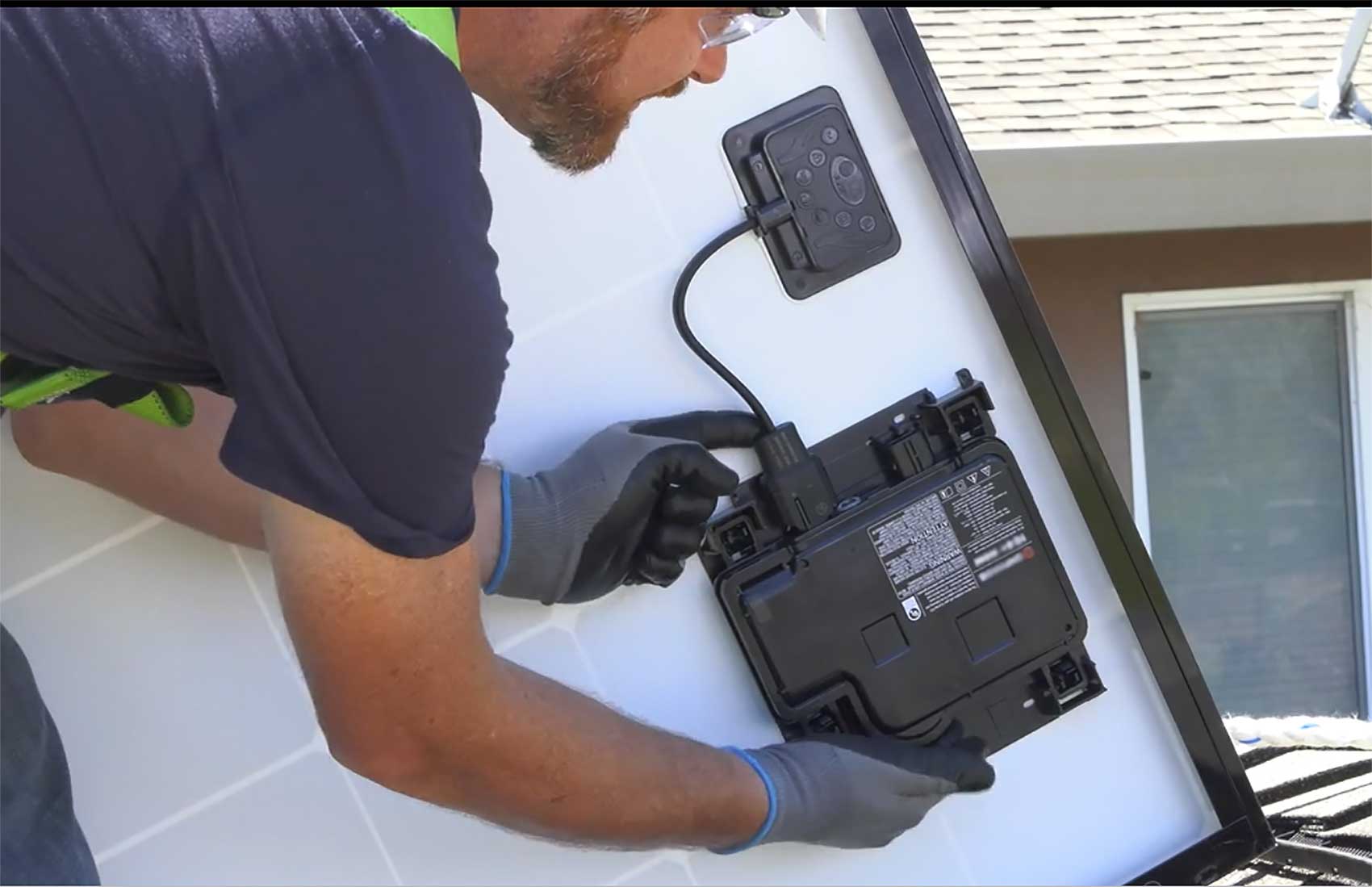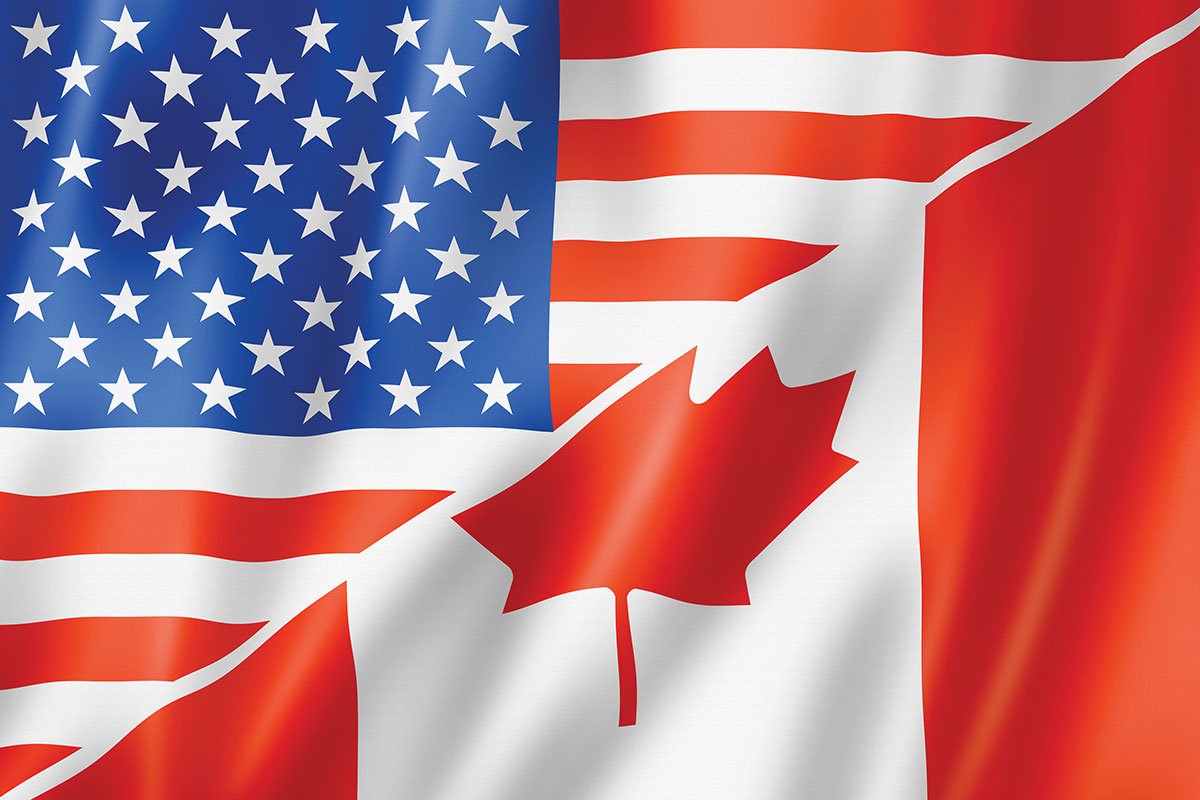Question
Effective January 1, 2019, the requirements for PV rapid shutdown inside the array boundary went into effect in the 2017 NEC Section 690.12(B)(2). Are there any Certified (Listed) products available to meet this requirement?
Answer
Yes. As one option in the 2017 NEC Section 690.12(B)(2)(1) requires that inside the array boundary the photovoltaic (PV) array shall be Certified (Listed) or field labeled as a rapid shutdown PV array and the PV array shall be installed and used in accordance with the instructions included with the rapid shutdown PV array Certification (Listing) or field labeling.
On December 22, 2017 a revision was published for the 2nd edition of UL 1741 the Standard for Safety for Inverters, Converters, Controllers and Interconnection System Equipment for Use With Distributed Energy Resources which addresses PV rapid shutdown equipment and systems. UL1741 requires PV Rapid Shutdown System Equipment (QIJW) and PV Rapid Shutdown Systems (QIJS) to be extensively evaluated. To increase the reliability of these safety critical systems, UL 1741 tests under severe conditions including hardware faults, software faults, and assessments under environmental and electrical extreme conditions. AC Module products that meet these requirements are Certified (Listed) under the UL product category AC Modules and Photovoltaic Modules with Integrated Electronics (QHYZ). AC Module equipment in this product category investigated for PV rapid shutdown functionality will be specifically identified as part of or adjacent to the UL Mark on the product.
PV modules with other module mounted electronics such as an optimizer or DC to DC converter may be Certified (Listed) under the UL product category AC Modules and Photovoltaic Modules with Integrated Electronics (QHYZ) including the rapid shutdown functionality. However, these products will need to be additionally Certified (Listed) with the other rapid shutdown array equipment as part of an overall Photovoltaic Rapid Shutdown System (QIJS).
Optimizers and DC to DC converters (Certified under QHYZ) that are used in series PV strings often also serve to discharge DC capacitor banks within the string inverters to comply with the 30 V within 30-second requirement of NEC Section 690.12(B)(1) for controlled conductors outside the array boundary.
PV Rapid Shutdown Systems (QIJS) include assessments of the complete system to fulfill the rapid shutdown function. Equipment Certified (Listed) under QHYZ other than AC modules needs to be further evaluated to form an overall PV rapid shutdown system. When multiple pieces of PV rapid shutdown equipment are used in an overall system configuration, to be Certified (Listed) it is required that the combination be evaluated and tested.
Authorities having jurisdiction (AHJs) may see PV equipment with the Sunspec PV Rapid Shutdown Marking and/or Certification which only covers a common communications protocol. The Sunspec communications protocol is intended to support a common interoperation language between different equipment from various manufacturers which makes it easier to evaluate systems of different equipment. However, the Sunspec certification alone does not fulfill the operational aspects or NEC listing requirement in NEC Section 690.12. The Sunspec rating, marking, and/or certification is not a replacement for a UL1741 PV Rapid Shutdown Certification (Listing).
When UL 3741, the Standard for Safety of Photovoltaic Hazard Control is published later in 2019 (projected), the Certification (Listing) options for the overall PV array including the electronic PV rapid shutdown equipment inside the array will be expanded and will be addressed in a future UL Question Corner.
The UL guide information and Certifications (Listings) can be located on UL’s Product iQ database at https://productiq.ul.com. Enter QHYZ, QIJS, or QIJW at the keyword search. UL Product iQ is free to all users but requires registration.
UL can also conduct a field evaluation on products already installed in the field to determine if they are suitable as a rapid shutdown PV array. For more information on UL field evaluations or a quote, please contact UL’s Customer Service at 877-854-3577, prompt No. 2 or www.ul.com/field.
Question
I have seen a lot of extra flex type EF liquid-tight flexible metal conduit sold at the supply house, but I don’t see a UL Mark on the conduit. Does UL Certify (List) this conduit? Does it comply with the NEC? What is the difference between extra flex and Certified (Listed) liquid-tight flexible metal conduit type LFMC?
Answer
Extra flexible—also commonly referred to as Type EF—liquid-tight flexible metal conduit is not UL Certified (Listed) and does not comply with the National Electrical Code ANSI/NFPA 70 Section 350.6 that requires the conduit and fittings to be Listed (Certified).
When compared to Certified (Listed) Type LFMC, Type EF, extra flexible liquid-tight flexible metal conduit has an increased bending radius but is less substantial. It may not have the equivalent mechanical strength to protect conductors such as crush strength, resistance to environmental conditions, or dimensional equivalence for proper assembly to Certified (Listed) fittings as is required in the NEC. In addition, the conduit does not have the equipment grounding capabilities required for Certified (Listed) conduit and is not suitable as an equipment grounding conductor as is required for Certified (Listed) Type LFMC.
UL Certifies (Lists) Type LFMC conduit under the product category Liquid-tight Flexible Metal Conduit (DXHR) and investigates the conduit for compliance with ANSI/UL 360, the Standard for Safety for Liquid-tight Flexible Metal Conduit. The UL guide information and Certifications (Listings) can be located on UL’s Product iQ database at https://productiq.ul.com; enter DXHR at the keyword search. UL Product iQ is free to all users but requires registration.
The guide information for DXHR under the UL Marks section describes how Certified (Listed) Type LFMC conduit can be identified.
The Certification or Listing Mark of UL will appear on the attached tag, reel, or on the smallest unit container in which the product is packaged—with or without the UL symbol on the product. This is the only method to identify products manufactured under UL’s Certification and Follow-Up Service. The Certification Mark for these products includes the UL symbol, the words “CERTIFIED” and “SAFETY,” the geographic identifier(s), and a file number. The Listing Mark for these products includes the UL symbol together with the word “LISTED,” a control number, and the product name “Liquid-Tight Flexible Metal Conduit.”















Find Us on Socials